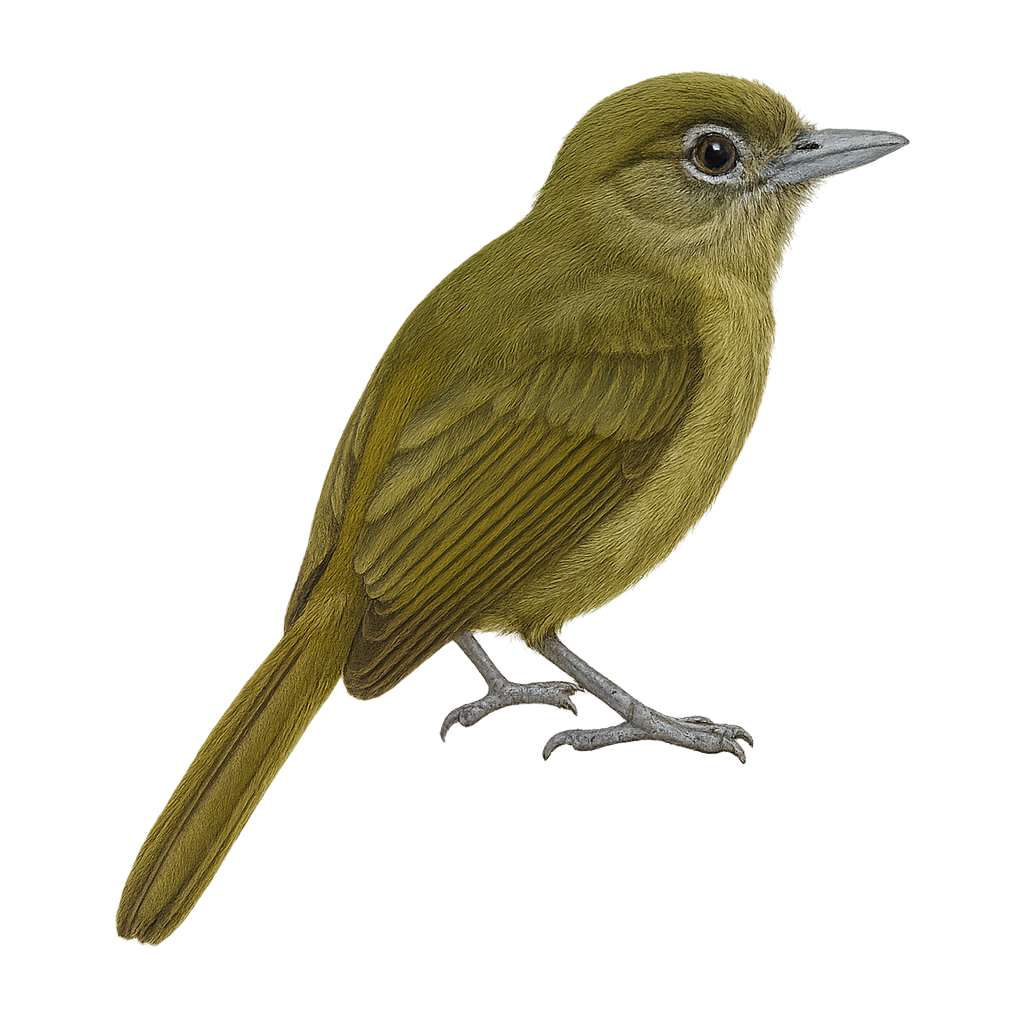Your wildlife photography guide.
Explore the short-billed flycatcher in detail, study its behavior, prepare your shots.
Where to observe and photograph the short-billed flycatcher in the wild
Learn where and when to spot the short-billed flycatcher in the wild, how to identify the species based on distinctive features, and what natural environments it inhabits. The WildlifePhotographer app offers tailored photography tips that reflect the short-billed flycatcher’s behavior, helping you capture better wildlife images. Explore the full species profile for key information including description, habitat, active periods, and approach techniques.
Short-billed Flycatcher
Scientific name: Rhynchocyclus brevirostris

IUCN Status: Least Concern
Family: TYRANNIDAE
Group: Birds
Sensitivity to human approach: Suspicious
Minimum approach distance: 5 m
Courtship display: March to April
Incubation: 17-19 jours
Hatchings: March to May
Habitat:
Tropical rainforests, forest edges, wooded areas
Activity period :
Primarily active during the day, with peak activity in the morning and late afternoon.
Identification and description:
The Short-billed Flycatcher, or Rhynchocyclus brevirostris, is a small bird from the Tyrannidae family, primarily found in the humid tropical forests of Central and South America. It is recognizable by its short, broad bill, adapted for catching insects in flight. Its plumage is generally olive green above and paler below, allowing it to blend into the dense foliage. It is often seen alone or in pairs, actively moving in search of food. Its song is discreet, composed of soft, repetitive notes. Although its habitat is threatened by deforestation, it remains relatively common within its range.
Recommended lens:
400 mm – adjust based on distance, desired framing (portrait or habitat), and approach conditions.
Photography tips:
To photograph the Short-billed Flycatcher, it is advisable to use a telephoto lens of at least 400mm to capture precise details without disturbing the bird. Look for it in tropical rainforests, especially along the edges where it is more active. Be patient and discreet, as this bird can be suspicious. Use a tripod to stabilize your camera and wait for it to perch on an open branch for a good shot.
The WildlifePhotographer App is coming soon!
Be the first to explore the best nature spots, track rutting seasons, log your observations, and observe more wildlife.
Already 1 432 wildlife lovers subscribed worldwide

